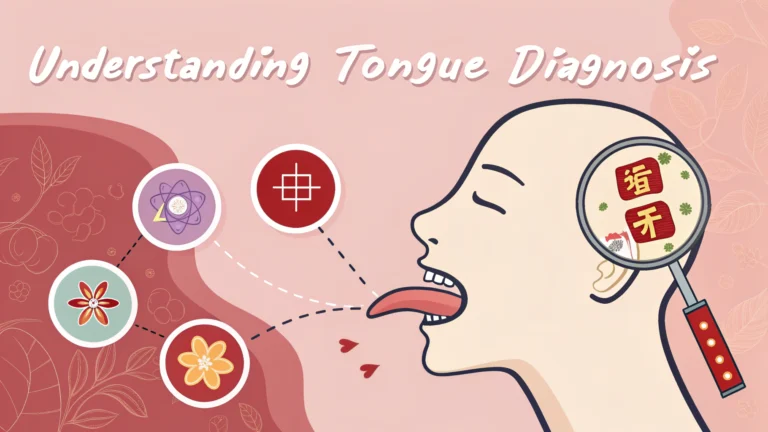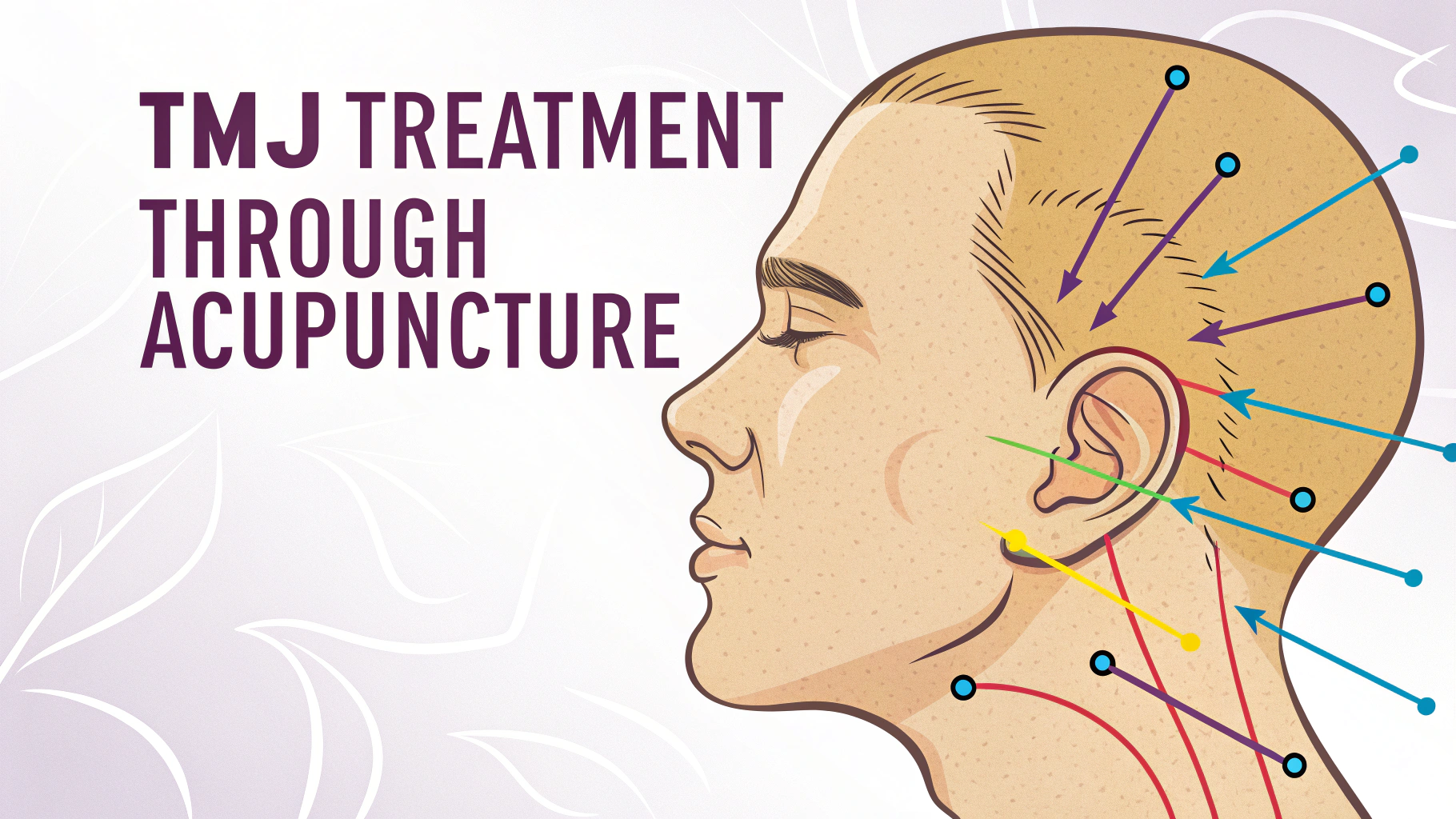Insurance coverage for acupuncture treatments varies significantly across the United States, with policies and regulations differing from state to state.
Understanding your insurance coverage options can help you access affordable acupuncture care and manage treatment costs effectively.
This state-by-state guide breaks down the current insurance landscape for acupuncture coverage, helping you navigate your benefits and make informed healthcare decisions.
States with Mandated Acupuncture Coverage
- California: Requires insurers to cover acupuncture treatments with specific limitations
- New Mexico: Mandates coverage for acupuncture services under qualified plans
- Nevada: Requires coverage for acupuncture performed by licensed practitioners
- Washington: Includes acupuncture in essential health benefits
Medicare and Acupuncture Coverage
Medicare covers up to 12 acupuncture visits in 90 days for chronic lower back pain.
| Coverage Type | Details |
|---|---|
| Medicare Part B | Covers chronic lower back pain treatment |
| Medicare Advantage | May offer additional acupuncture benefits |
Private Insurance Coverage
Major insurance providers often include acupuncture coverage through their plans:
- Aetna: Coverage varies by plan type and location
- Blue Cross Blue Shield: Often covers acupuncture with pre-authorization
- Cigna: May cover treatments deemed medically necessary
- UnitedHealthcare: Coverage depends on specific plan benefits
Steps to Verify Coverage
- Contact your insurance provider directly
- Request a detailed benefits explanation
- Ask about visit limitations and copayments
- Confirm if pre-authorization is required
- Verify in-network provider requirements
Common Coverage Limitations
- Annual visit caps
- Condition-specific restrictions
- Provider network requirements
- Pre-authorization needs
- Combined therapy visit limits
Tips for Maximizing Coverage
- Choose in-network providers when possible
- Maintain detailed medical records
- Get referrals from primary care physicians
- Document medical necessity
- Appeal coverage denials when appropriate
Resources for Additional Help
Contact these organizations for assistance with insurance coverage questions:
- National Certification Commission for Acupuncture and Oriental Medicine (NCCAOM): www.nccaom.org
- American Association of Acupuncture and Oriental Medicine: www.aaaomonline.org
- State Insurance Commissioner’s Office: Check your state’s government website
Making Acupuncture More Affordable
Consider these options if insurance coverage is limited:
- Flexible Spending Accounts (FSA)
- Health Savings Accounts (HSA)
- Sliding scale clinics
- Community acupuncture centers
- Payment plans with practitioners
Planning Your Next Steps
Start by contacting your insurance provider to understand your specific coverage details and requirements for acupuncture treatment.
Documentation Requirements
Proper documentation is essential for insurance coverage approval:
- Detailed diagnosis codes
- Treatment plans with expected outcomes
- Progress notes from practitioners
- Referral documentation
- Medical necessity statements
Working with Providers
Initial Consultation
Before beginning treatment, discuss:
- Treatment costs and payment options
- Insurance billing procedures
- Required documentation
- Treatment frequency recommendations
Ongoing Care Management
- Keep track of visit counts
- Monitor treatment progress
- Request necessary pre-authorizations
- Maintain communication with your provider
Special Circumstances
Additional coverage options may be available for:
- Work-related injuries
- Auto accident cases
- Veterans’ benefits
- Research study participation
Navigating Your Acupuncture Care Journey
Successfully accessing acupuncture treatment requires understanding your insurance benefits, maintaining proper documentation, and working closely with healthcare providers. Take time to research your options and develop a clear plan for coverage. Remember that insurance policies change regularly, so review your benefits annually and stay informed about new coverage opportunities in your state.
FAQs
- Which states require insurance companies to cover acupuncture treatments?
California, New Mexico, Alaska, Washington, Oregon, and Maryland are among the states that mandate some level of insurance coverage for acupuncture services. - Does Medicare cover acupuncture treatments?
Medicare Part B covers up to 12 acupuncture sessions in 90 days for chronic lower back pain, with an additional 8 sessions if improvement is shown. - What conditions are typically covered by insurance for acupuncture treatment?
Most insurance plans cover acupuncture for chronic pain, nausea, migraines, and lower back pain when deemed medically necessary. - Do I need a referral from my primary care physician for insurance to cover acupuncture?
Many insurance plans require a referral or prior authorization from a primary care physician before covering acupuncture treatments. - What documentation is needed for insurance coverage of acupuncture?
Insurance typically requires diagnosis codes, treatment plans, progress notes, and proof of medical necessity from licensed acupuncturists. - How many acupuncture sessions does insurance typically cover per year?
Coverage varies by plan but usually ranges from 12 to 20 sessions annually, often with requirements for demonstrated improvement. - Are there specific credentials an acupuncturist must have for insurance coverage?
Acupuncturists must be licensed in their practicing state and hold national certification from the NCCAOM for most insurance coverage. - What out-of-pocket costs should I expect for covered acupuncture treatments?
Typical copays range from $25 to $75 per session, while coinsurance usually ranges from 20% to 50% of the approved amount. - Do HSA or FSA accounts cover acupuncture treatments?
Yes, acupuncture treatments are eligible expenses for both Health Savings Accounts (HSA) and Flexible Spending Accounts (FSA). - Can insurance cover acupuncture for fertility treatments?
Some insurance plans cover acupuncture for fertility when combined with covered fertility treatments, but coverage varies significantly by state and plan.








